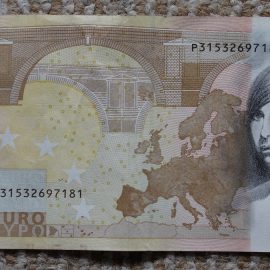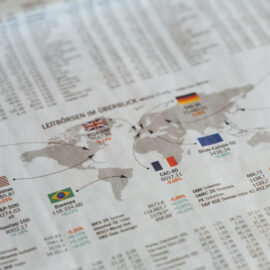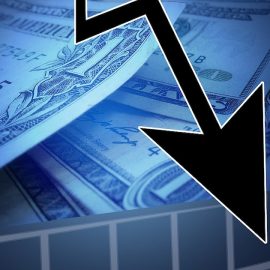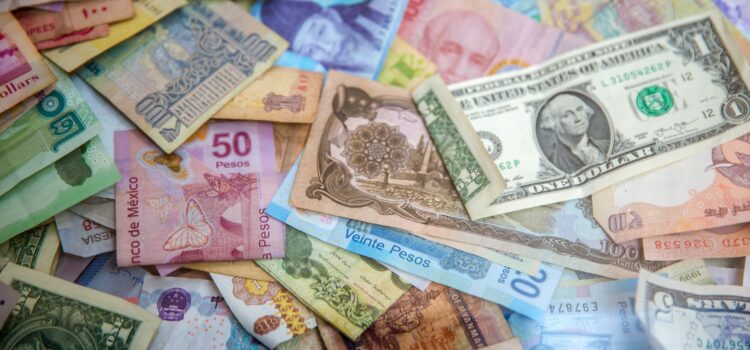
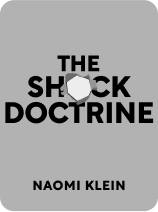
This article is an excerpt from the Shortform book guide to "The Shock Doctrine" by Naomi Klein. Shortform has the world's best summaries and analyses of books you should be reading.
Like this article? Sign up for a free trial here .
What is shock therapy in the context of economics? What measures does economic shock therapy entail?
In economics, shock therapy is a way to quickly improve a country’s economy through rapid privatization, deregulation, and severe cuts in government spending. It imposes strict free-market policies on the country in question as quickly as possible.
In this article, you’ll learn about the concept of shock therapy, and how it relates to economics.
Shock Therapy: The Search for the “Clean Slate”
Shock therapy is traditionally known as a treatment for mental disorders. It was pioneered in the 1940s and 1950s by Dr. Ewen Cameron. In his day, Dr. Cameron was a renowned psychiatrist—for a time, he was even the president of the World Psychiatric Association.
However, Dr. Cameron developed and practiced treatments that we would now consider torture. He frequently used electroconvulsive therapy (ECT): a treatment wherein electric shocks are administered to a patient’s brain, intentionally triggering a seizure. He also gave his patients massive doses of stimulants, depressants, or hallucinogens, and subjected them to isolation and sensory deprivation. In short, he tried to break their minds in any way he could.
Cameron’s ultimate goal was to regress his patients to infancy—what he termed a blank slate. He believed that, once their current thoughts and memories were wiped away, he could easily reprogram his patients with new, healthy thought patterns.
However, while Cameron was very successful at breaking his patients’ minds, he was completely unsuccessful at rebuilding them. He couldn’t get them to accept the new thought patterns that he tried to imprint on their “blank slates.”
On top of that, many of his patients suffered from new and much more severe symptoms—both physical and psychological—than they’d shown before treatment. Medically speaking, Dr. Cameron’s techniques were complete failures because he fundamentally misunderstood what he was doing to his patients; he wasn’t wiping their minds clean, he was just destroying them.
From Electroshock to Economic Shock
Disaster capitalists—those who take advantage of disasters to push economic reforms that would otherwise fail—also can’t seem to see the difference between destroying and healing, this is essentially shock therapy in economics.
The American-British invasion of Iraq in 2003 is the perfect example. The Bush administration believed that they could attack with such overwhelming, unimaginable force that the Iraqis would be left all but catatonic. After that, they imagined that it would be an easy matter to tear down what remained of Iraq’s economy and replace it with a free-market democracy. They envisioned Iraq as a perfect model for the rest of the world.
However, instead of a clean slate on which to build their ideal new government, Iraq and its people were left in ruins; they were damaged, angry, and ready to fight back. No matter how many times US forces “shocked” the country, they—like Dr. Cameron—couldn’t wipe it clean. They kept on destroying but were never able to rebuild.

———End of Preview———
Like what you just read? Read the rest of the world's best book summary and analysis of Naomi Klein's "The Shock Doctrine" at Shortform .
Here's what you'll find in our full The Shock Doctrine summary :
- A study of the history of economic shock therapy
- How economic shock therapy gave rise to the disaster capitalism complex
- How communities are beginning to recover from the destructive shock treatments


